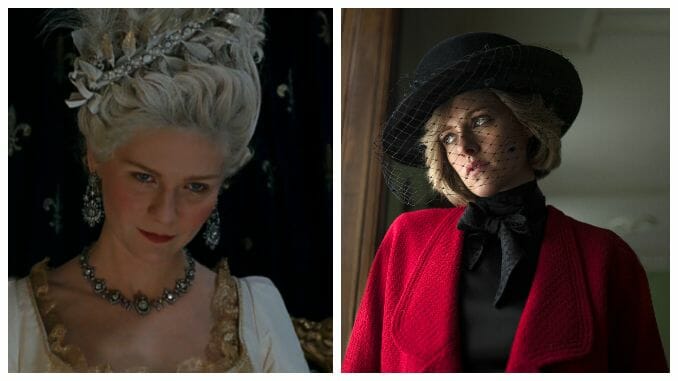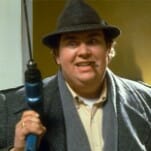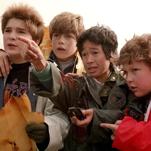How Spencer and Marie Antoinette Subvert Tradition to Understand Their Royals

15 years ago, Marie Antoinette was released and received divisive reviews that either praised or dragged (it was met with boos when it premiered at Cannes Film Festival) Sofia Coppola’s style-over-substance approach to telling the title queen’s story, even though this specific choice is what turned it into a refreshing biopic. Pablo Larraín’s newest film, Spencer, the second installment of his biopic trilogy—the first of which tracked a few days in the life of Jacqueline Kennedy Onassis in 2016’s Jackie—takes a similar approach in using fiction to tell the story of a misunderstood woman married to a man in the line of succession for the throne.
“I wanted to make a personal story and not a big epic historical biopic,” Coppola told the New York Times. And that she did. As opposed to depicting the conditions of the French state, Coppola chose to solely track Marie’s life within the confines of the Palace of Versailles. In fact, she barely wandered outside of these parameters; the film doesn’t depict and sparsely mentions the French Revolution, and Coppola spares us from seeing Marie’s death by guillotine.
In Coppola’s 2006 masterpiece, Kirsten Dunst’s Valley Girl-accented titular queen is young, naïve and unprepared for what’s to come in her new role as the wife of the soon-to-be-king of France, Louis XVI (Jason Schwartzman). From the moment Marie crosses the border from her native Austria into her new home of France, she’s forced to sacrifice her privacy and leave her girlhood behind in exchange for growing up at an accelerated rate and being valued mainly for her womb. Coppola’s Marie Antoinette is a frivolous woman—not unlike the real Antoinette—who is scrutinized by the gossipy and judgmental court of Versailles. Thus, Marie fills her time socializing and living luxuriously through extensive retail therapy and extravagant parties, all the while being completely out of touch with the people of France and the issues arising outside the walls of her estate.
Marie Antoinette is an almost fully fictionalized account of Marie’s life, with some true facts sprinkled throughout. Unconcerned with making a typical historically accurate biopic, Coppola used the formula of a biographical film to investigate the complicated lives of young women, something we’ve seen her do throughout her career with The Virgin Suicides, Lost in Translation, Somewhere and The Bling Ring.
Mixing true events drawn from Antonia Fraser’s biography Marie Antoinette: The Journey with anachronistic elements such as purposefully placed Converse high-tops found in a decadent shopping montage and a post-punk and New Wave soundtrack including the likes of The Strokes and New Order, Coppola used a fresh contemporary lens to effectively tell the story of a young woman who existed in a world where every bit of her existence was made public and criticized. She elevated her signature dreamy visuals to a new level, crafting a feast of pastel eye candy mirroring the young queen’s coming-of-age as it unfolded before our eyes. Operating between two eras separated by over 200 years of history, Coppola paints a humanized portrait of Marie that empathizes with the ill-fated woman while never glorifying her, simply looking beyond the surface to explore the life of a girl who might not have been so different from us after all.
The same could be said about Spencer. Opening with a title card reading, “a fable from a true tragedy,” Spencer doesn’t set out to tell Diana’s life story. In fact, it barely even fits the mold of what a biopic is. Instead, like Marie Antoinette, it uses the biopic framework as a vehicle to portray the life of an important and beloved woman in history through events that might not have happened in real life. Taking place over the course of an excruciating Christmas weekend in 1991, Spencer sees Diana, Princess of Wales (Kristen Stewart, at the top of her game) faced with a decision that will impact the fate of her marriage to Prince Charles (Jack Farthing) and her future.
-

-

-

-

-

-

-

-

-

-

-

-

-

-

-

-

-

-

-

-

-

-

-

-

-

-

-

-

-

-

-

-

-

-

-

-

-

-

-

-








































